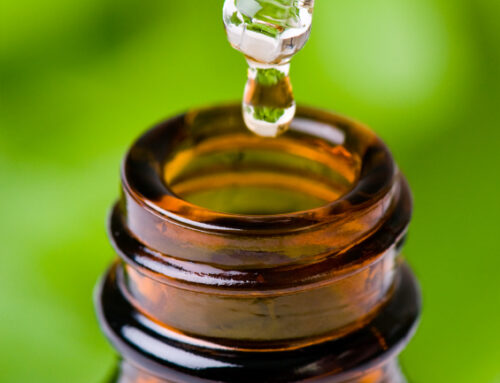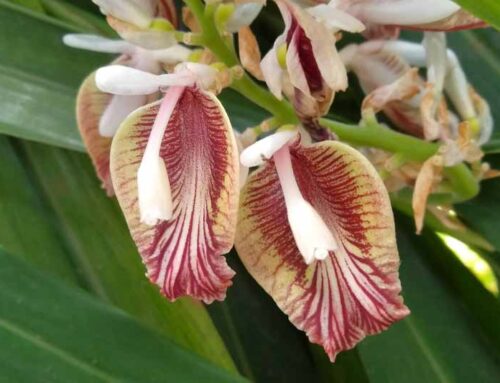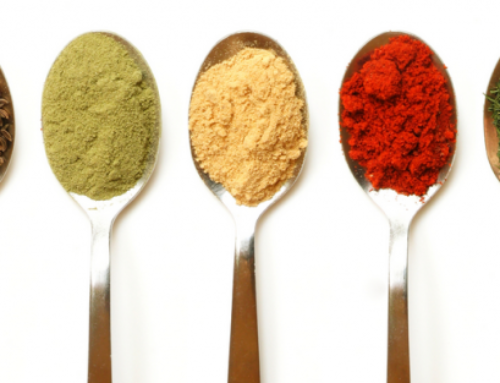The Bright White Stuff
Years ago a buyer from one of our stores called us and said I love your neti pot, but why are you using the bright, white stuff? – referring to the sinus salt I had packaged with our neti pot. I hadn’t a clue what he was talking about so he explained.
If a salt is bright and white and easily tumbles out of a salt shaker it’s most likely been processed.
My mind went blank for a moment, realizing the bright, white salt was all I knew. Evidently, I really didn’t know much about salt so I began to do some research. This was the beginning of our journey into organic sinus salts.
SALT FACTS
1. Salt in nature tends to have a pigment such as a pink Himalayan salt or a grey Celtic sea salt.
That pigment is a combination of trace minerals. When the trace minerals are taken out, you are indeed left with the bright, white stuff – sodium chloride. It’s unmistakable in our culture; it is the salt we most of us grew up with.
2. Most salt that makes it to our tables is a byproduct of industry. In other words, it is not specifically “made” for consumption. (See a book titled Salt – A World History by Mark Kurlansky for a fascinating read.)
3. If a salt crystal is perfectly round, it’s been processed because salt crystals in nature are as different and unique as snow flakes.
4. Unprocessed salt tends to absorb moisture when left out, so it clumps. If it doesn’t clump, it’s most likely had an anti-caking agent added to it. That can be anything from talcum powder to sodium silicoaluminate to bentonite or magnesium carbonate.
As neutral as I’m trying to be in my reporting of this, I can’t help myself – OMG!!! I had no idea they could do all that to salt!!
What is the point of nasal rinsing if you are using a salt loaded with chemicals?
I don’t know about you, but I don’t want a processed salt up my nose. I recommend finding a true mineral sea salt from natural sources.







Leave A Comment